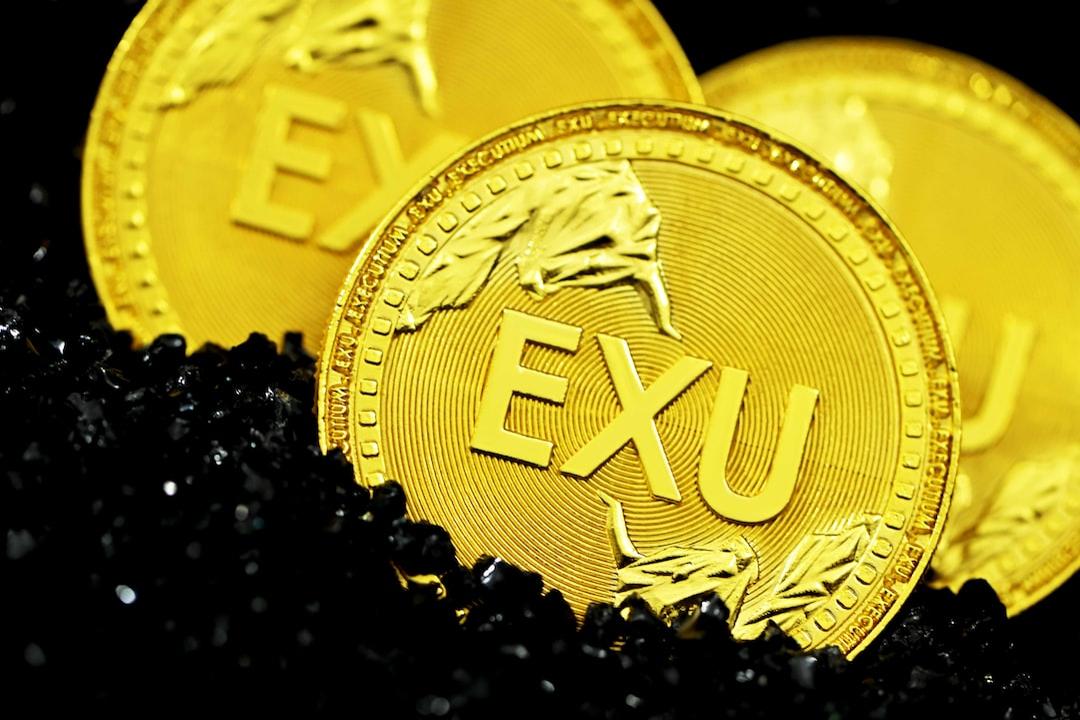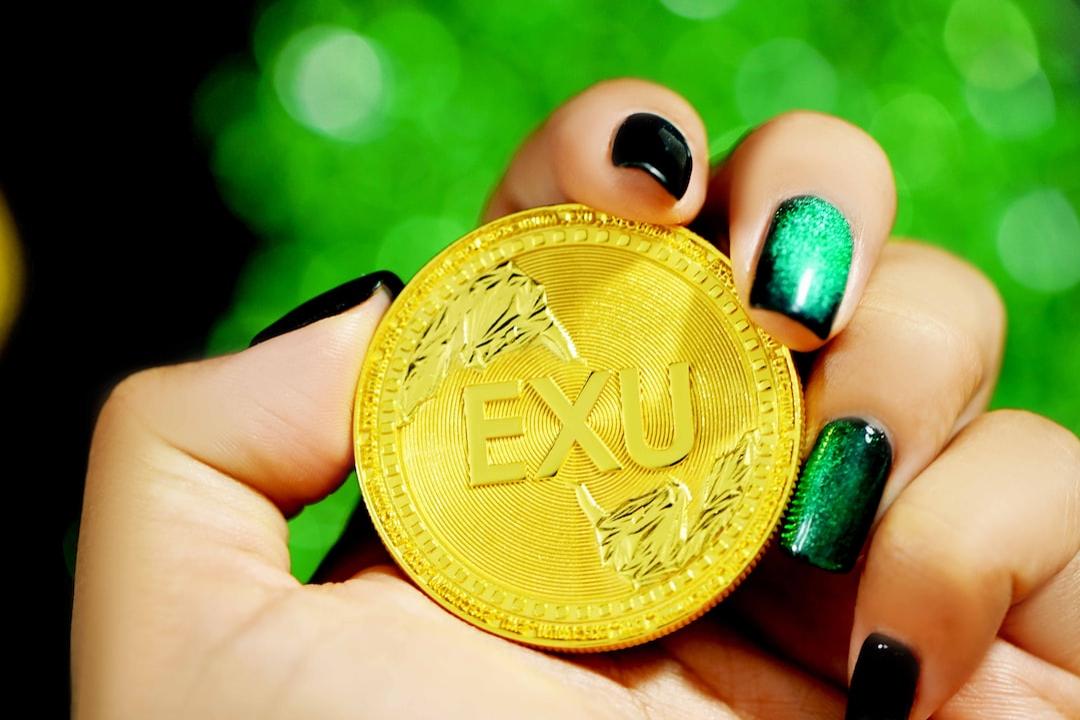On July 1, Jeremy Allaire, co-founder and CEO of Circle, revealed that the company had become the first stablecoin issuer in the European Union to secure regulatory approval under the EU’s comprehensive Markets in Crypto-Assets (MiCA) regulatory framework.
Circle’s stablecoins, USDC (
USDC
) and EURC, are now compliant with these new regulations, effective immediately. This development alleviates concerns that investors might need to redeem their stablecoins or transfer their funds to other digital assets to maintain compliance.
Allaire further announced that Circle had selected France as its European headquarters, praising the country’s progressive approach to digital asset regulation and highlighting Circle’s collaborative relationship with the French Prudential Supervision and Resolution Authority (ACPR).
Reflecting on the milestone, Allaire noted the historical significance of the European Union’s regulatory overhaul, which represents the first comprehensive regulatory framework for digital assets. This achievement underscores the considerable progress the asset class has made since its inception.
Related:
MiCA laws come into effect in Europe — Here’s what you need to know
.
### MiCA Fears and the Stablecoin Market
Ahead of the EU’s regulatory shift, several exchanges announced changes to their stablecoin policies and offerings.

A timeline of the implementation of the MiCA regulatory framework. Source: European Securities and Markets Authority
In June, the crypto exchange and custodial platform Uphold informed its European users via email that it was delisting six stablecoins: Tether (
USDT
), Dai (
DAI
), TrueUSD (TUSD), Gemini Dollar (GUSD), Pax Dollar (USDP), and Frax Protocol (FRAX).
Following this, Bitstamp delisted Tether’s EURT stablecoin later that month, despite being one of the first exchanges to list the digital fiat token.
Binance also adopted a cautious approach to the new regulations, implementing a “sell-only” strategy for certain stablecoin products in the European market. The world’s largest centralized exchange explained that it would not delist any stablecoins for its European users at this time, but would instead label the fiat equivalents as either compliant or non-compliant, restricting certain market features for European customers.
### Magazine:
Best and worst countries for crypto taxes — plus crypto tax tips

